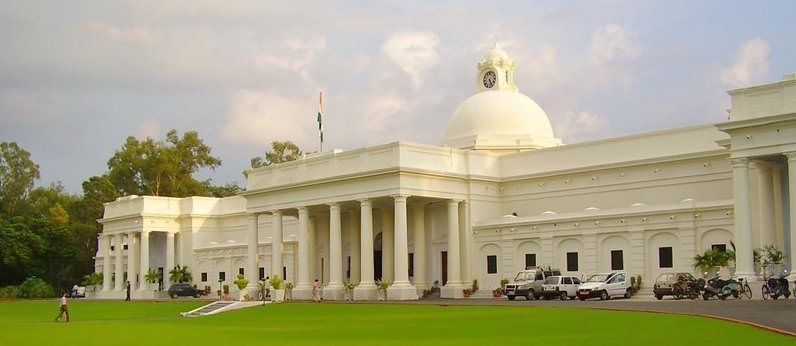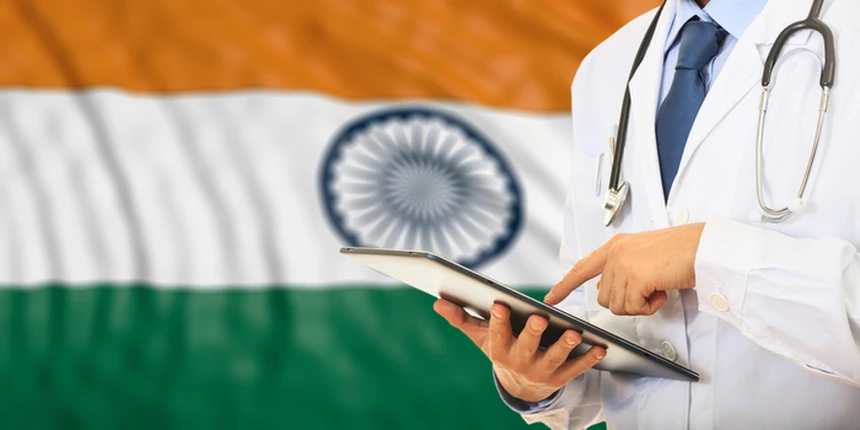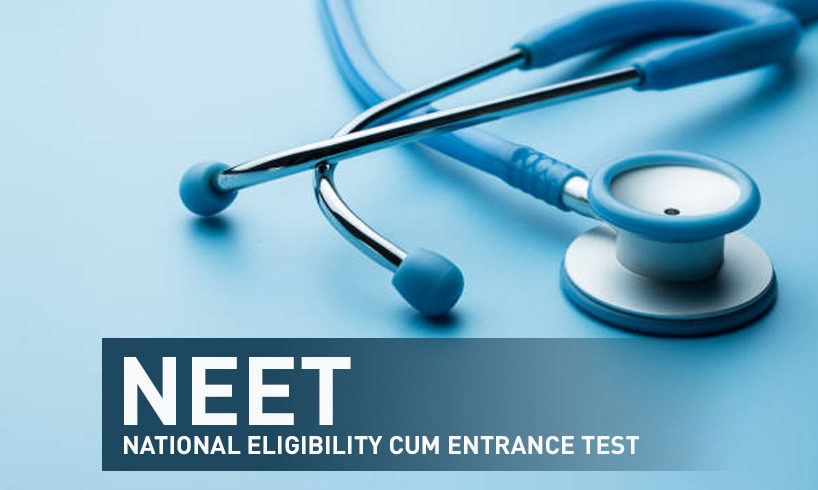The
Indian Institutes of Technology (popularly known as the IITs) are
institutions of national importance established through an Act of
Parliament for fostering excellence in education. There are fifteen IITs
at present, located in Bhubaneswar, Bombay (Mumbai), Delhi,
Gandhinagar, Guwahati, Hyderabad, Indore, Kanpur, Kharagpur, Madras
(Chennai), Mandi, Patna, Ropar, Jodhpur and Roorkee. Over the years IITs
have created world class educational platforms dynamically sustained
through internationally recognized research based on excellent
infrastructural facilities. The faculty and alumni of IITs continue
making a huge impact in all sectors of society, both in India and
abroad. Banaras Hindu University (IT-BHU, now known as IIT-BHU since
2012), Varanasi and Indian School of Mines (ISM), Dhanbad, are amongst
the oldest institutions in India and are known for their immense
contributions towards society at large and for science and technology in
particular.
The primary objectives behind such institutions are to:
- Build
a solid foundation of scientific and technical knowledge and thus to
prepare competent and motivated engineers and scientists.
- Create
environment for freedom of thought, cultivate vision, encourage growth,
develop personality and self- discipline for pursuit of excellence.
- Kindle entrepreneurial streak.
All
of the above help to prepare the students admitted to these
institutions for successful professional and social lives. Today, alumni
of these institutions occupy key positions in industry and academia in
India and abroad.
Each
institute has well-equipped modern laboratories, state-of-the-art
computer network and well stocked technical library. Teaching methods
rely on direct personal contact between the teachers and the students
and the use of traditional and modern instructional techniques. Students
live in a pleasant and intellectually stimulating environment with
people having similar goals and aspirations, which is an exciting and
unique experience.
Credit-based
academic programmes offer flexibility to students to progress at their
own pace. A minimum level of performance is necessary for satisfactory
progress. The medium of instruction is English. These institutions offer
courses leading to Bachelor's degree in a number of engineering,
technological and scientific disciplines. M.Sc. Integrated courses in
pure and applied sciences and M.Tech. Integrated courses in a few
disciplines are also offered by some of these Institutions. In addition,
some IITs offer Dual-Degree M.Tech. programmes. The admissions to the
Undergraduate Programmes at these institutions for all Indian and
Foreign nationals are made through the Joint Entrance Examination (JEE).
IIT
Bhuvaneshwar, IIT Gandhinagar, IIT Hyderabad, IIT Rajasthan, IIT Patna,
IIT Punjab joined the elite list of the below seven premier technology
institutions of the country and started operations in the year 2008. IIT
Indore, IIT Mandi commenced their operations from the academic year
2009-2010.
IIT Kharagpur
IIT
Kharagpur: The first Indian Institute of Technology was born in May
1950 in Hijli, Kharagpur, in the eastern part of India. The present
name, Indian Institute of technology was adopted before the formal
inauguration of the institute on August 18, 1951, by Maulana Abul Kalam
Azad. The layout of the present campus is 2100 acres and the design of
the building was carried out by a host of engineers and architects under
the guidance of an eminent Swiss architect Dr. Werner M.Mosir. (https://www.iitkgp.ac.in/)
IIT Bombay
IIT
Bombay: Since 1958, there has been dynamic progress at IIT Bombay in
all academic and research activities, and a parallel improvement in
facilities and infrastructure, to keep it at par with the best
institutions in the world. IIT Bombay is a small township in itself.
Consciously developed, the campus has retained and increased its green
cover, rich natural flora and fauna.(https://www.iitb.ac.in/)
IIT Kanpur
IIT
Kanpur: IIT Kanpur is one of the premier institutions established by
the Government of India. The aim of the Institute is to provide
meaningful education, to conduct original research of the highest
standard and to provide leadership in technological innovation for the
industrial growth of the country. With the path-breaking innovations
both in its curriculum and research, the institute is rapidly gaining a
legendary reputation. In addition to offering formal Undergraduate and
Post-Graduate programmes, the institute has been involved in Continuing
Education and Research & Development in the areas of value to both
the industry and the Government. (https://www.iitk.ac.in/)
IIT Madras
IIT
Madras: Established in the year 1959, it was the third in the line of
Indian Institute of Technology setup for higher technical education in
the country. The IITMadras, is among the foremost institutes of national
importance in higher technological education and in basic and applied
research. Institute’s self-contained campus is located in beautiful,
wooded land of about 250 hectares in south Chennai. (https://www.iitm.ac.in/)
IIT Delhi
IIT
Delhi: IIT Delhi is one of the seven institutes of technology created
as centers of excellence for higher training, research and development
in science, engineering and technology in India. Established as College
of Engineering in 1961, the institute was later renamed “Indian
Institute of Technology Delhi”. It was then accorded the status of a
deemed university with powers to decide its own academic policy, to
conduct its own examinations and to award its own degrees.(https://www.iitd.ac.in/)
IIT Guwahati
IIT
Guwahati: Indian Institute of Technology Guwahati, the 6th member of
the IIT fraternity, was established in 1994. The academic programme of
IIT Guwahati commenced in 1995. IIT Guwahati's campus is on a sprawling
285 hectares plot of land on the north bank of the river Brahmaputra
around 20 kms. from the heart of the city. With the majestic Brahmaputra
on one side, and with hills and vast open spaces on others, the campus
provides an ideal setting for learning. (https://www.iitg.ac.in/)
IIT Roorkee
IIT
Roorkee: The institute which began as the Thompson College of Civil
Engineering in 1847, became the University of Roorkee in 1949 and has
been declared as the 7th Indian Institute of Technology in 2001. IIT
Roorkee is spread over a sprawling area of more than 150 hectares and is
situated in the newly formed state of Uttaranchal in the northern part
of India. (https://www.iitr.ac.in/)
IIT-BHU
IIT-BHU:
IT-BHU is the Engineering School of Banaras Hindu University (BHU). BHU
is one of the oldest and largest educational institutions in Northern
India. It was formerly known as BENCO (Banaras Engineering College) and
celebrated its Platinum Jubilee in 1994. It is located on the banks of
the river Ganga in the holy city of Varanasi (Banaras), Uttar Pradesh. (https://www.iitbhu.ac.in/)
IIT Dhanbad
IIT
Dhanbad: The Indian School of Mines was formally opened on 9th December
1926. the development of ISM for the last 75 years has been taking
place both vertically and horizontally and it became a Deemed University
in 1967. (www.ismdhannbad.ac.in)





Write a public review